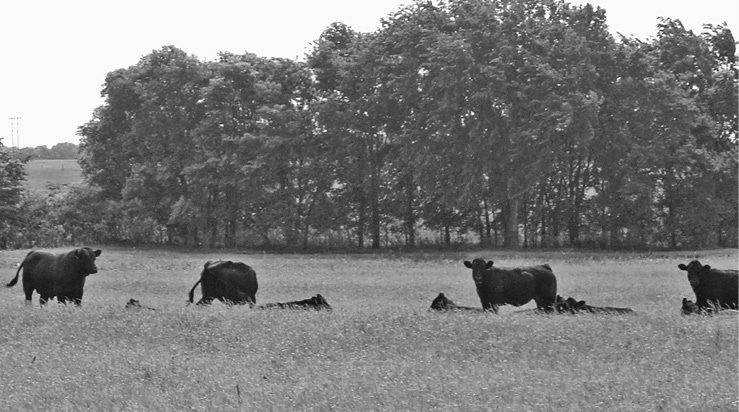No-Till Farmer
Get full access NOW to the most comprehensive, powerful and easy-to-use online resource for no-tillage practices. Just one good idea will pay for your subscription hundreds of times over.

NAME: Keith Thompson; operates Thompson Farms LLC with brother Doug and son Ben
LOCATION: Osage City, Kan.
YEARS IN NO-TILLING: 33 (16 in continuous no-tilling)
ACRES NO-TILLED: 2,100
CROPS NO-TILLED: Corn, milo, soybeans, wheat, sunflowers, turnips, radishes, rye
The first time i heard about no-tilling was at Kansas State University in 1973. We talked about studies being done in Virginia, Ohio, Kentucky, Missouri and other places where no-till first took hold. I came home from those discussions and thought about putting no-till to work on our farm, but we faced a tough challenge. Based on KSU’s no-till handbook, our clay soils (shallow topsoil, super-tight subsoil) are classified as “needing special management” for no-till.
Between 1973 and 1990, we tried just about every type of no-till method you can imagine — including hit-and-miss ridge-tilling, skip-a-till and strip-tilling — but nothing that could be considered continuous no-tilling. I really didn’t develop a true “no-till attitude” until 1991, when Kansas NRCS conservation agronomist and longtime friend Bud Davis encouraged me to attend a Monsanto no-till conference in St. Louis. I walked out of that meeting with a whole new point of view, and we’ve been continuous no-tilling ever since.
Bud also got me to visit South Dakota to see what Dwayne Beck was doing at the Dakota Lakes Research farm. Visiting with Dwayne was the first time I’d heard the terms “diversity,” “intensity” and “competition” as they apply to no-till management. He talked about choosing crop rotations that…